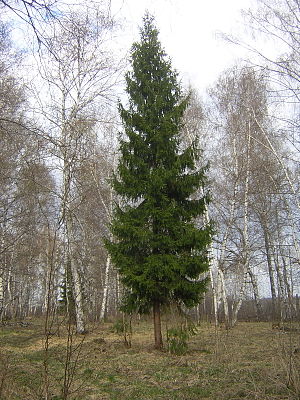
There is something magical about bringing a tree into your home for the holiday season. It has always been my favorite part of decorating. As a child, I would spend hours just lying by the tree gazing up at my favorite ornaments and twinkling lights. As an adult, I pledged I would never kill a tree for the holiday season, and I never have, at least intentionally.
I can look out into my yard and count five former Christmas trees now with roots deeply in the soil. The others, unfortunately, met their demise whether before or after planting. My trees make me think of my grandmother’s house where a big beautiful former Christmas tree filled the front yard. As a child, I would look at that tall beauty and imagine my mother, aunt, and uncles awaiting their presents on Christmas eve.
Living trees not only are show a respect for life, they create lasting memories beyond one season. They grow and grow and grow. They eliminate the disposable nature of the holiday season.
A living Christmas tree can be very expensive. In the past, we have actually dug up small trees in the forest and potted them. This year I purchased a tree. It is small, not quite Charlie Brownish, and sometimes I long for the big trees of my youth that touched the ceiling of our living room.
Recently, a friend told me it was finally time to retire her living Christmas tree. For ten years, they have used the same potted tree. That is my intention with this year’s tree: to take it outside, transplant it into a bigger pot, and reuse year after year.
Most people don’t live where they have space to plant a new tree each year, and my afore mentioned friend asked if she could plant her retiring tree on our land. By planting your tree, perhaps some carbon is being offset from all that holiday shopping and travel.
When we went to town last weekend, my daughter commented on all of the tree lots we saw. She said, “I bet there is one tree for every person that lives in town.” It may appear that way, and you can’t help but wonder how many trees end up not gracing someone’s home.
It is true that trees found in a lot were grown for that purpose, and I used to think driving by such farms somehow captured some of the magic of the season all year. Sadly, this magic is lost when they are cut down or one discovers exactly how much pesticides are used in their production. Oregon Live reports:
California, which unlike Oregon details pesticide use by crop, catalogued just over a pound of active pesticides used per acre of Christmas trees in 2006. That was more pesticide use than for crops such as alfalfa, wheat and broccoli. But it was far less than the state’s agricultural average and less than crops such as nursery plants, pears, potatoes and blueberries.
On the other hand, fungicides, herbicides and insecticides are facts of life in the commercial Christmas tree industry. The farms, often on steep slopes, can also contribute to soil erosion and water pollution in rainy western Oregon.
A U. S. Geological Survey study this year in Clackamas County, Oregon’s top producer of Christmas trees, tested Clackamas River water and drinking water drawn from the river and found herbicides commonly used on Christmas trees and other crops. Christmas trees account for about 13 percent of the agricultural pesticides used in the county, the USGS says.
The other option is to hunt for tree on United States National Forest land. A permit is required, and often such tree removal is beneficial for the forest by thinning an overcrowded stand. I just don’t trust that every tree hunter is considering such implications when selecting the perfect tree.
My other grandma always had a living Christmas tree that was a house plant during the rest of the year. I loved to visit her house throughout the year and look at this tree and recall how it transformed around the holidays. I couldn’t help but think of her delicious cookies when I sat next to this tree.
Living Christmas trees create and sustain memories. For me, that is reason enough to have one.
Leave a Reply